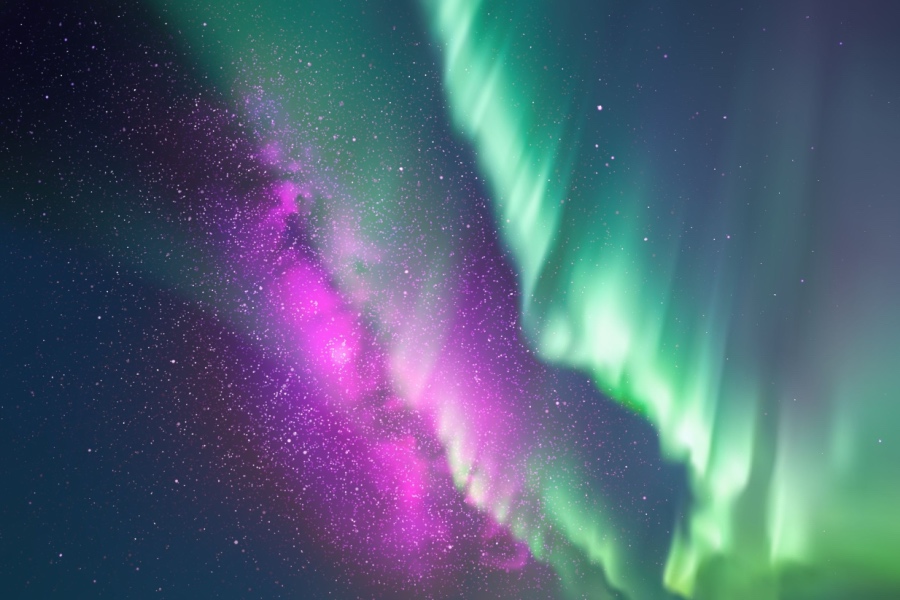Among travelers over 50, the allure of travel remains strong, with around two-thirds keeping travel plans on their bucket lists. Roughly a quarter of this group is especially drawn to destinations far off the usual tourist path, aiming for unique adventures that diverge from the typical itineraries. One particular travel experience that captivates many across age groups is viewing the northern lights, or aurora borealis. According to recent data, nearly half of Americans rank witnessing the northern lights as a top priority, and the attraction is clear – the chance to see brilliant colors dance across the night sky is a breathtaking spectacle. But seeing the northern lights, as awe-inspiring as they may be, is never a sure thing, even in prime locations. While visitors can increase their chances, conditions like cloud cover or a quiet solar wind can obscure this natural phenomenon, leaving some sightseers without a glimpse.
To maximize the chances of seeing this elusive light show, a few key tips can make all the difference. Experts from the National Oceanic and Atmospheric Administration (NOAA) recommend heading to areas near the magnetic poles and as far from artificial light as possible, as light pollution can greatly diminish visibility. Additionally, avoiding nights with a full moon and planning to stay up late are important factors, as prime viewing times are usually between 10 p.m. and 2 a.m. Those planning trips for the spring or fall equinoxes often have the best odds, as these periods tend to see heightened auroral activity.
Now may be an especially good time to plan a trip for those hoping to check this experience off their bucket list. Every 11 years or so, solar activity peaks when the sun’s magnetic poles flip, creating more vibrant and frequent aurora displays. Scientists predict that the current solar cycle will peak from 2024 to 2026, which could mean brighter and more frequent northern light displays, making the upcoming years prime for aurora watching.
The northern lights themselves are bursts of green, red, violet, and blue light created when solar winds carry electrically charged particles that break through Earth’s magnetic field and collide with atmospheric gases. This stunning display occurs in the auroral oval near the north pole, visible frequently between latitudes of roughly 60 and 70 degrees north, with countries like Iceland, Norway, and parts of Alaska offering ideal viewing spots. To increase the likelihood of witnessing the phenomenon, travelers should stay at a remote location free from city lights and plan to spend at least three nights in the area to cover several viewing opportunities.
For those planning a northern lights trip, combining daytime activities with evening aurora hunting is a wise move. That way, if the lights are a no-show, there are still memorable experiences to enjoy. Some auroral events can be so intense that sightings extend into the continental U.S. and parts of Europe, though these occurrences are rare. For the most consistent experience, however, high northern latitudes in places like Alaska, Canada, and Scandinavia remain the top choices. Whether joining a guided tour or setting out independently, travelers have numerous ways to turn this bucket-list item into an unforgettable journey, regardless of what the skies decide to reveal.


